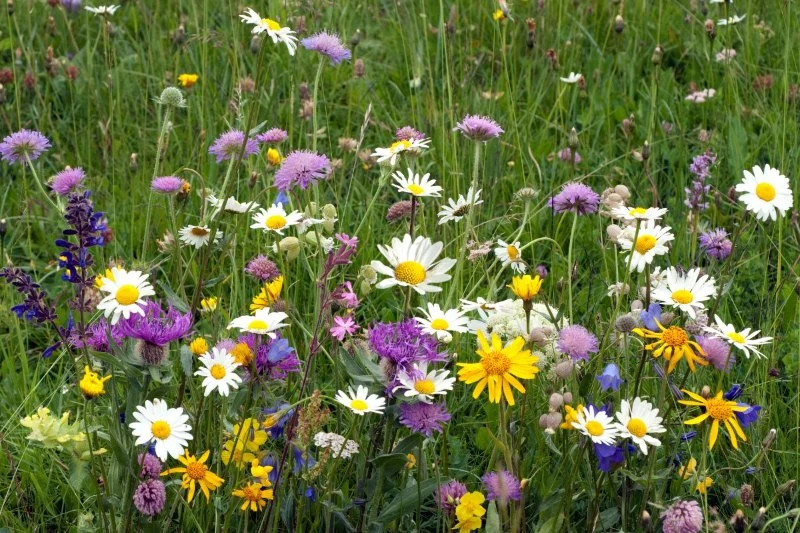
- 1. Why Convert a Lawn to a Wildflower Meadow?
- 2. Preparing Your Lawn for Transformation
- 3. Selecting the Right Wildflowers for Your Meadow
- 4. Sowing and Maintaining Your Wildflower Meadow
- 5. Benefits of a Wildflower Meadow for the Environment
1. Why Convert a Lawn to a Wildflower Meadow?
Converting a traditional lawn into a wildflower meadow is an eco-friendly choice that benefits both nature and the homeowner. Lawns require significant maintenance, water, and chemical treatments, whereas wildflower meadows offer a low-maintenance alternative that attracts beneficial insects, supports local wildlife, and contributes to biodiversity. A wildflower meadow also provides a stunning visual aesthetic, with vibrant colors and varying textures throughout the seasons.
Wildflower meadows are sustainable alternatives to traditional grass lawns and can reduce your carbon footprint by decreasing lawn care efforts. Additionally, the native plants in a meadow are more resilient to pests and diseases, often needing fewer resources than a conventional lawn. Let’s explore how to transform your lawn into a beautiful, vibrant wildflower meadow.
2. Preparing Your Lawn for Transformation
Before starting, it’s important to properly prepare the existing lawn. The first step is to clear the area of any existing grass and weeds. You can use a shovel, hoe, or even a herbicide if necessary, but be cautious with chemicals to ensure you don’t harm the surrounding environment. Ideally, you want to create a clean slate for your wildflower seeds to take root.
After clearing the area, you may need to amend the soil depending on its condition. Wildflowers prefer well-draining soil, so if your lawn is heavy or clayey, consider adding organic matter like compost or sand to improve drainage. Aerating the soil can also help create space for the seeds to establish roots. Once the soil is prepared, it’s time to start selecting your wildflowers!
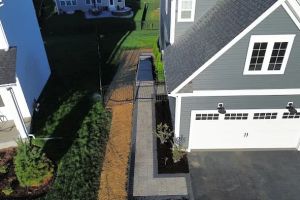
Arriaga Pavers & Landscaping, LLC.
West ChicagoDuPage CountyIllinois
520 Carriage Dr Apt 1E, West Chicago, IL 60185, USA
3. Selecting the Right Wildflowers for Your Meadow
Choosing the right wildflowers is crucial for the success of your meadow. Opt for a mix of native flowers that will thrive in your climate and soil type. Native plants are adapted to local conditions and are more likely to attract local pollinators, such as bees and butterflies, which helps in sustaining the ecosystem.
When selecting your wildflowers, consider the growing height and blooming times to create visual interest throughout the year. Some popular wildflower options include Black-eyed Susan, Purple Coneflower, and Blanketflower. If you want to create a more colorful meadow, add species like Zinnias, Poppies, and Sunflowers. It's important to choose a variety of flowers that bloom at different times to ensure the meadow remains vibrant all season long.
4. Sowing and Maintaining Your Wildflower Meadow
Once your wildflowers are chosen, it’s time to sow the seeds. The best time to sow wildflower seeds is in early spring or late fall, depending on your climate. To achieve even coverage, scatter the seeds by hand or use a broadcast spreader. Be sure to lightly rake the soil after sowing to help the seeds make contact with the soil.
Maintenance of a wildflower meadow is minimal. Water the area regularly, especially during dry spells, but avoid overwatering. You may also need to mow the meadow once a year to keep invasive species in check and encourage reseeding. Wildflowers often require little fertilization and can thrive with just the natural nutrients in the soil.
5. Benefits of a Wildflower Meadow for the Environment
Transforming your lawn into a wildflower meadow has numerous environmental benefits. Wildflower meadows provide critical habitat for pollinators like bees, butterflies, and moths, which are vital to many ecosystems and our food supply. By creating a wildflower meadow, you're contributing to the local biodiversity and supporting wildlife that is struggling due to habitat loss.
Additionally, wildflower meadows help with water retention, reduce the need for pesticides, and improve soil quality. As the flowers grow and die back, they add organic matter to the soil, which enhances its fertility. Over time, your wildflower meadow will become an established, self-sustaining ecosystem that requires minimal input while offering beauty and wildlife support.


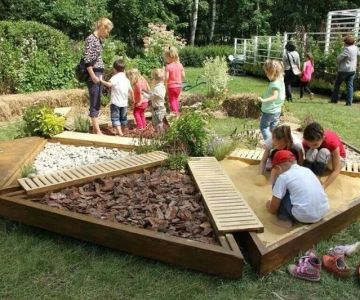
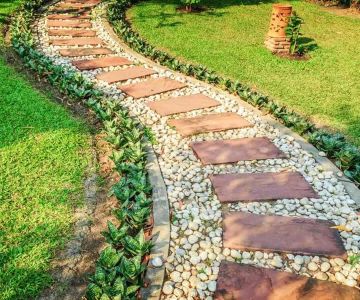
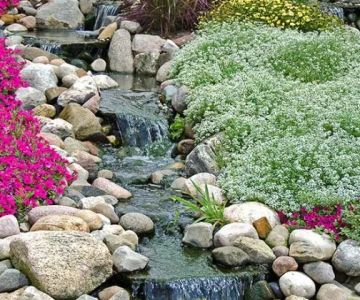
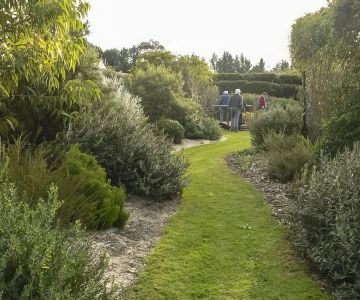
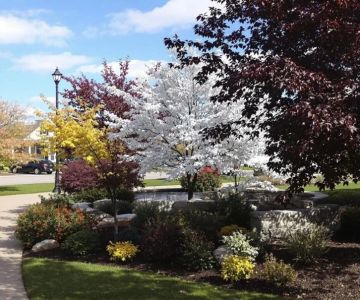
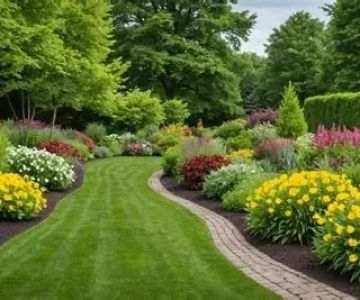
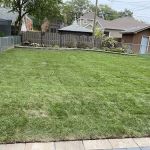 Gemini Landscaping, Inc.5.0 (4 reviews)
Gemini Landscaping, Inc.5.0 (4 reviews)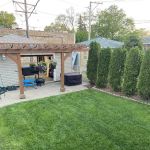 Eco Landscaping Services, Snow Removal Services, Demolition5.0 (18 reviews)
Eco Landscaping Services, Snow Removal Services, Demolition5.0 (18 reviews) NL Landscaping & Hardscaping5.0 (17 reviews)
NL Landscaping & Hardscaping5.0 (17 reviews) Andy Pollina & Sons3.0 (5 reviews)
Andy Pollina & Sons3.0 (5 reviews)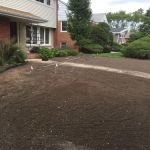 All Seasons Landscaping4.0 (37 reviews)
All Seasons Landscaping4.0 (37 reviews) Ochoa's Outdoor Services LLC5.0 (22 reviews)
Ochoa's Outdoor Services LLC5.0 (22 reviews) How to Grow a Stunning Rose Garden Without High Maintenance
How to Grow a Stunning Rose Garden Without High Maintenance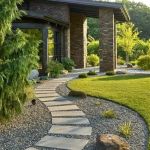 How to Create a Front Walk That Makes a Great First Impression
How to Create a Front Walk That Makes a Great First Impression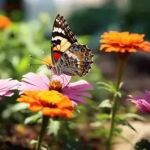 How to Create a Butterfly Pathway Through Your Garden: A Step-by-Step Guide
How to Create a Butterfly Pathway Through Your Garden: A Step-by-Step Guide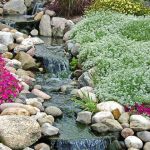 Best Ground Covers for Slopes & Erosion Control: Affordable and Effective Solutions
Best Ground Covers for Slopes & Erosion Control: Affordable and Effective Solutions How to Design for Low-Light Outdoor Areas
How to Design for Low-Light Outdoor Areas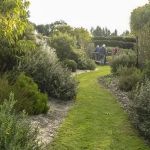 How to Grow a Native Plant Garden with Minimal Care – Expert Tips
How to Grow a Native Plant Garden with Minimal Care – Expert Tips